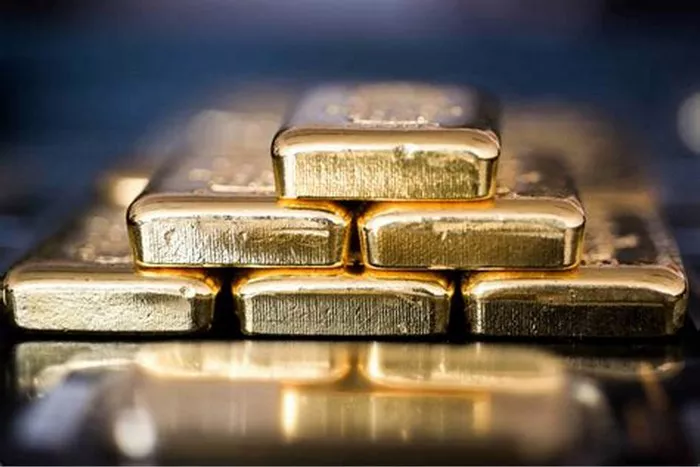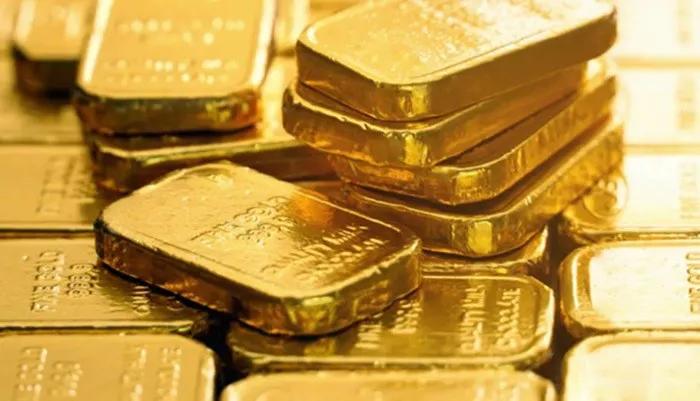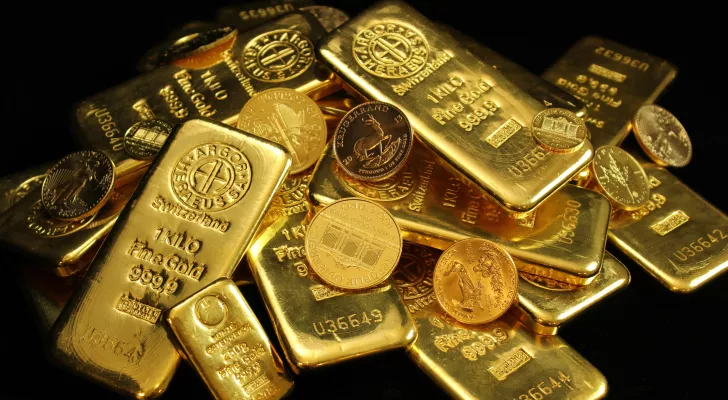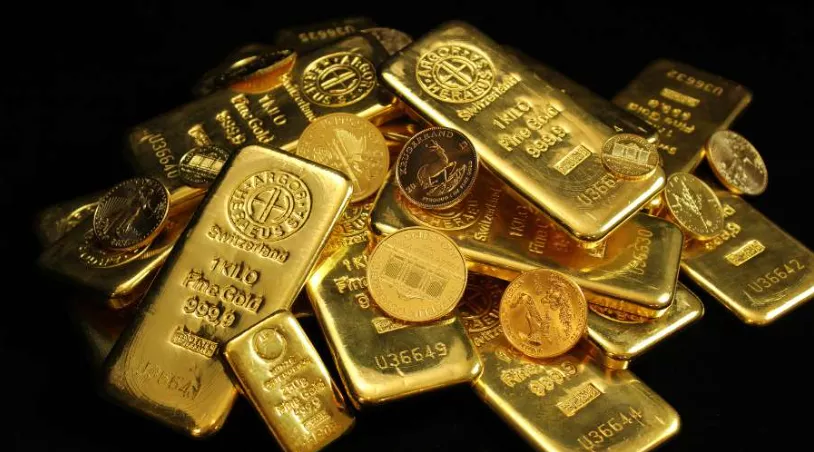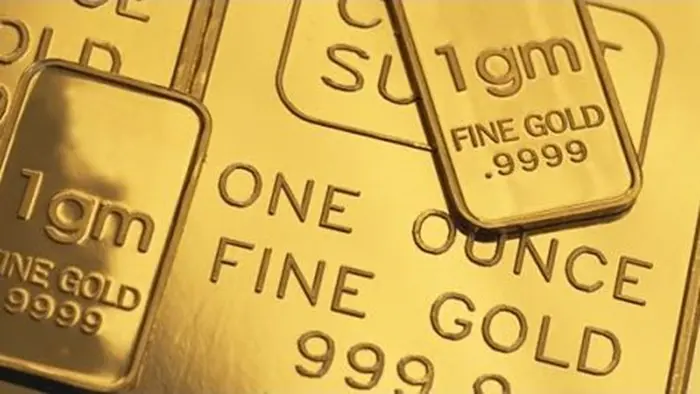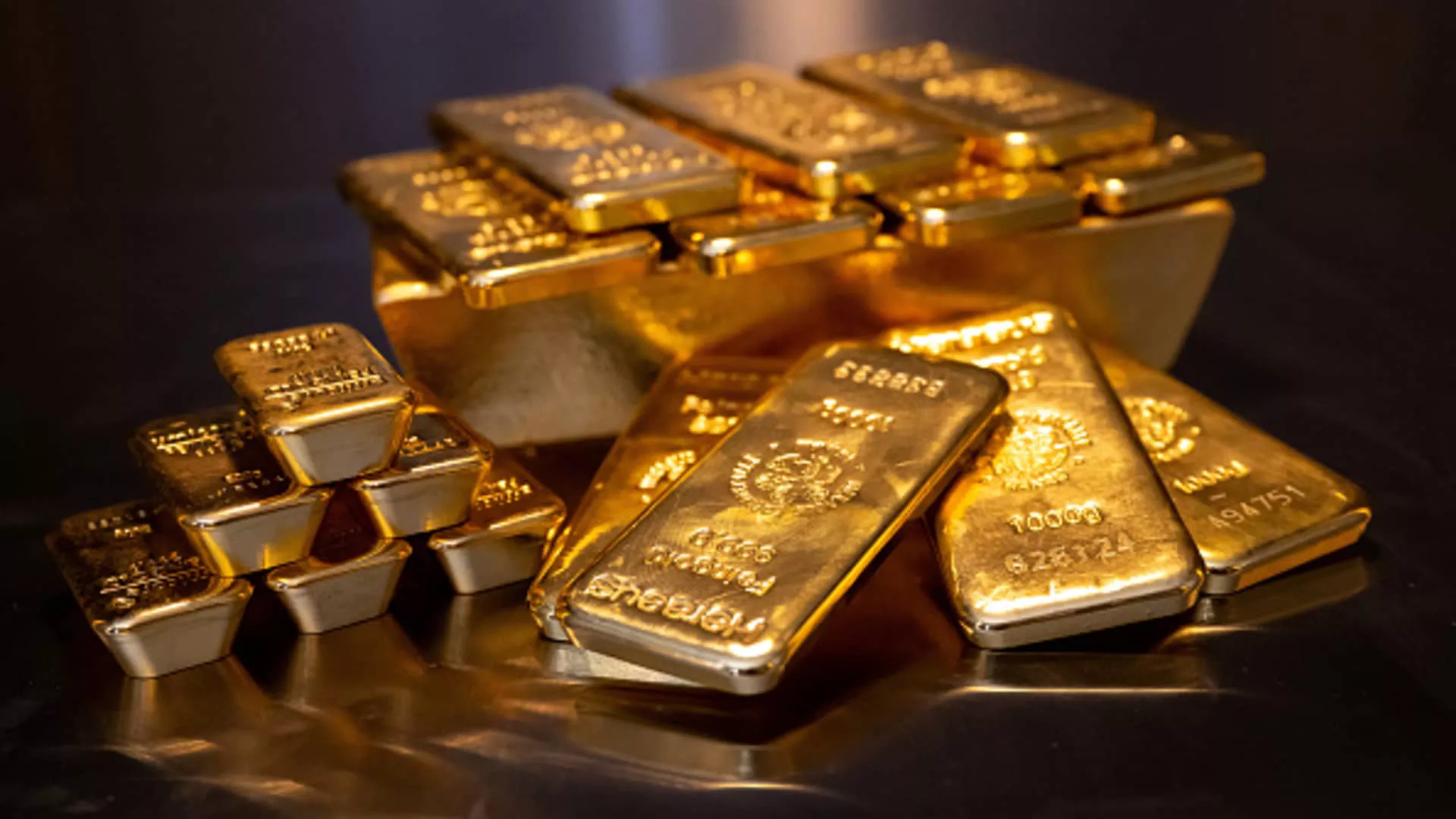Gold has been a symbol of wealth and power for centuries, prized for its beauty, rarity, and the role it plays in the global economy. While it has captivated human civilization for thousands of years, the question remains: why is gold so precious? What makes it stand out among other metals, and why has it been sought after in nearly every culture around the world?
In this article, we will explore the factors that contribute to gold’s enduring value. From its unique physical properties to its cultural and economic significance, we will examine why gold continues to be regarded as one of the most precious commodities on Earth.
The Physical Properties of Gold
Gold’s physical properties are a key reason it has been prized throughout history. These properties not only make it visually appealing but also contribute to its durability and utility in various applications.
1. Rarity and Scarcity
Gold is a rare element, and its scarcity is one of the primary reasons it is so valuable. While other metals, such as iron or copper, are more abundant in the Earth’s crust, gold is much rarer. It is estimated that all the gold ever mined would fit into a cube measuring just about 20 meters on each side. This rarity makes it a precious commodity, as it is difficult and expensive to extract in large quantities.
The process of mining gold involves significant resources and effort. Historically, gold has been difficult to find and extract, contributing to its value. Additionally, gold is not easily found in large veins or deposits, unlike other metals. The scarcity of gold adds to its allure and contributes to its historical and modern-day value.
2. Durability and Longevity
Unlike many other metals, gold does not tarnish or corrode over time. It is resistant to rust, decay, and the effects of most chemicals. This durability has made it an ideal material for creating jewelry, coins, and artifacts that can last for generations.
The enduring nature of gold means it has stood the test of time. Civilizations thousands of years old have left behind gold treasures that have survived intact, offering a glimpse into the past. This long-lasting quality makes gold a symbol of stability, and its ability to withstand the passage of time further enhances its appeal.
3. Malleability and Workability
Gold is a highly malleable metal, meaning it can be easily shaped and worked into different forms without breaking. Gold can be hammered into thin sheets or drawn into wires without losing its integrity. This makes it a versatile metal for crafting coins, jewelry, and other decorative objects.
The ease with which gold can be shaped has contributed to its widespread use throughout history. Its malleability has allowed artists and craftsmen to create intricate designs, which has made gold a preferred medium for cultural artifacts and symbols of wealth.
4. Beauty and Luster
The bright, yellow luster of gold has made it an attractive metal throughout human history. Its natural shine and the way it reflects light have made it a symbol of luxury, power, and beauty. Gold has a unique color that does not fade, unlike other metals that may lose their luster over time.
The aesthetic appeal of gold is one of the reasons it has been used in jewelry, decorations, and religious artifacts for millennia. Cultures across the world have valued gold for its beauty, and it has become a standard of wealth and status.
Historical Significance of Gold
Gold’s historical importance cannot be overstated. From ancient civilizations to modern economies, gold has played a key role in shaping societies, economies, and cultures.
1. Gold as Currency
One of the main reasons gold became precious was its use as currency. Ancient civilizations, including the Egyptians, Romans, and Greeks, used gold coins as a form of money. Gold’s rarity, durability, and beauty made it an ideal medium of exchange. For centuries, gold was considered the most stable and trustworthy form of currency.
The practice of using gold as currency continued into the modern era, with many countries adopting the gold standard in the 19th and early 20th centuries. Under the gold standard, the value of a country’s currency was directly tied to its gold reserves. This system helped establish global trust in currencies, as they were backed by tangible assets.
2. Gold in Ancient Civilizations
Ancient civilizations saw gold as a symbol of divine favor and power. In Egypt, for example, gold was associated with the gods and was used to create elaborate tombs, statues, and jewelry for the pharaohs. The Egyptians believed that gold’s radiant quality represented the sun’s power and the eternal life of the afterlife.
Other civilizations, such as the Incas, Mayans, and Aztecs, also revered gold for its symbolic meaning. These societies believed that gold was a gift from the gods and used it in religious ceremonies and rituals.
Gold also served as a form of social distinction. Those who possessed gold were often considered powerful or noble, while those without it were seen as ordinary or less influential. This sense of social hierarchy further contributed to gold’s value.
3. Gold Rushes and Economic Impact
Throughout history, there have been several gold rushes that significantly impacted economies and populations. The most notable examples include the California Gold Rush (1848-1855), the Klondike Gold Rush (1896-1899), and the Australian Gold Rushes (1850s). These events led to mass migration, economic booms, and the establishment of new towns and cities.
Gold rushes often had far-reaching economic effects, creating both wealth and hardship. While some individuals struck it rich, many others faced hardship, and the influx of people into gold-rich regions often led to political and social changes.
4. Gold as a Symbol of Wealth and Status
Gold has long been seen as a symbol of wealth, power, and status. Rulers, emperors, and monarchs have used gold to display their wealth through crowns, jewelry, and the construction of grand palaces and temples. Even today, gold remains a symbol of financial success and social prestige.
5. Gold in Art and Culture
Gold has been used for artistic and decorative purposes for thousands of years. From the stunning gold jewelry of ancient Egypt to the intricate gold leafing used in Renaissance art, gold has been a central element in human creativity. It is often associated with beauty, luxury, and opulence in art, architecture, and design.
6. Gold in Religion and Mythology
Many religions and mythologies associate gold with divine or sacred qualities. In Christianity, for example, gold is seen as a symbol of purity and holiness. Gold is often used in religious artifacts, such as crosses, altars, and chalices. Similarly, in Hinduism, gold is a symbol of prosperity and divine blessing.
Gold’s connection to the divine or supernatural realms has contributed to its cultural and spiritual significance, reinforcing its value as something more than just a material possession.
The Role of Gold in Modern Economies
In today’s global economy, gold continues to be a crucial asset. While it is no longer used as a currency under the gold standard, gold retains significant value in financial markets, as a hedge against inflation, and as a store of wealth.
1. Gold as an Investment
Gold is considered a safe haven investment, particularly during times of economic instability. Investors turn to gold as a way to preserve wealth when markets are volatile or when inflation erodes the value of paper currency. Historically, gold has performed well during periods of crisis, making it an attractive option for investors seeking stability.
Gold is often seen as a hedge against inflation, as its value tends to rise when inflationary pressures increase. This is why central banks and investors hold large reserves of gold, particularly in uncertain economic environments.
2. Gold in Central Banks’ Reserves
Many central banks around the world hold significant amounts of gold in their reserves. Gold provides a reliable asset that can be used in times of financial crisis or to back the value of a country’s currency. Countries like the United States, Germany, and China hold vast quantities of gold to support their national economies.
The importance of gold in central banks’ reserves highlights its role as a store of value, independent of the fluctuations of paper currencies and other financial instruments.
3. Gold in the Jewelry Industry
The demand for gold in the jewelry industry remains high, especially in regions such as India, China, and the Middle East. Gold is widely used for crafting necklaces, rings, bracelets, and other luxury items. The beauty and enduring value of gold make it a preferred material for high-end jewelry, and its demand in this industry continues to contribute to its preciousness.
4. Gold and Global Trade
Gold plays an important role in global trade, especially in the form of bullion and coins. It is traded on various commodities exchanges around the world, with gold futures and options offering opportunities for speculation and investment. Gold’s liquid nature and the depth of the global gold market make it a key asset in international trade and finance.
Conclusion
Gold’s value has been shaped by its physical properties, historical significance, cultural meaning, and role in modern economies. From its rare and durable nature to its long-standing association with wealth, power, and beauty, gold continues to be regarded as one of the most precious metals in the world. Its enduring appeal is not only a reflection of its material properties but also a testament to the deep cultural and economic forces that have elevated it to such a high status throughout human history. Whether as a store of wealth, an investment, or a symbol of prestige, gold’s place in the global economy is unlikely to diminish, ensuring its continued status as one of the most valuable commodities on Earth.
Related topics:




